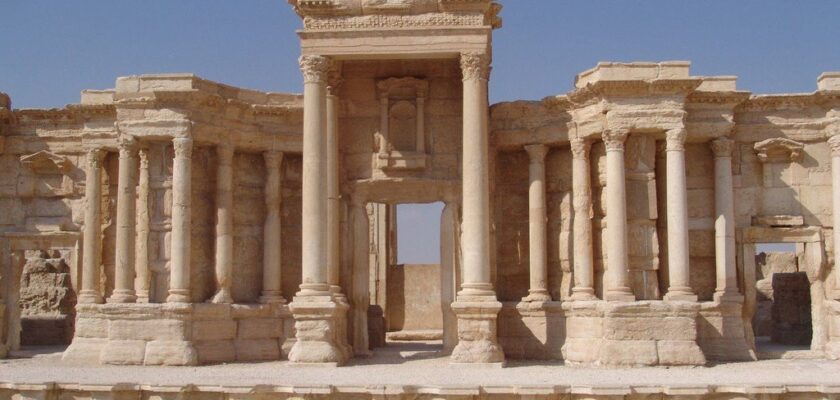Palmyra
Palmyra, an ancient city in modern Syria, the ruins of which are located 240 kilometers northeast of the capital of the Arab Republic – Damascus, is one of the brightest monuments of the distant past. Extant fragments of structures clearly show how grandiose they were in the heyday of the “city of palm trees”, one of the richest and epitomized the era of late antiquity. It is still a mystery how in the desert it was possible to build not just a whole settlement, but a real oasis surrounded by lifeless sands. The splendor of Palmyra’s monuments shocks the eyes of the most sophisticated observers.
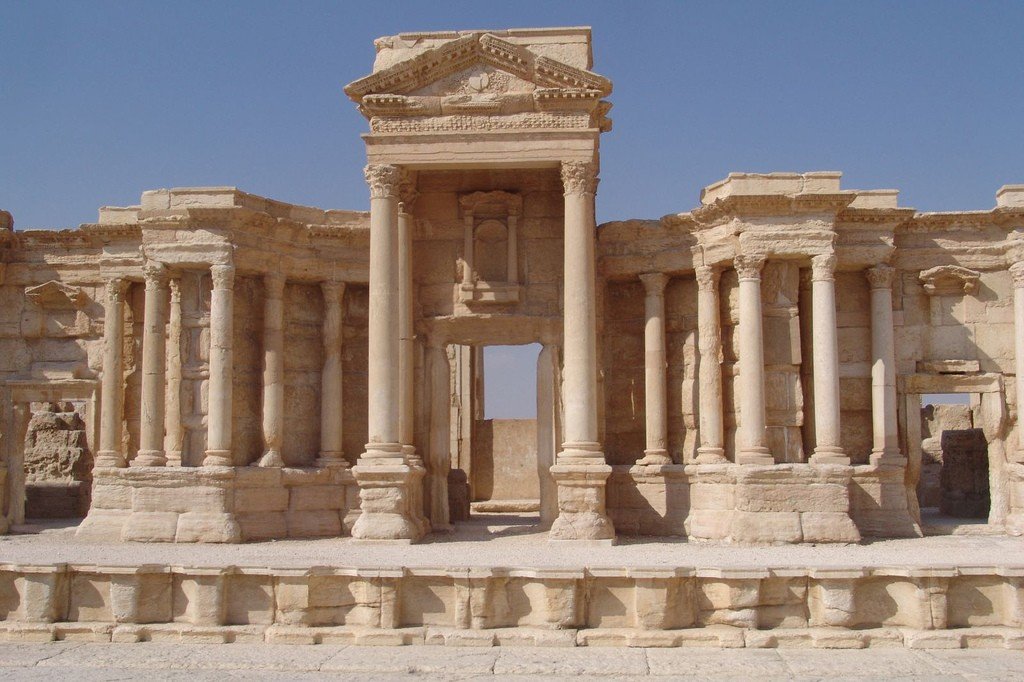
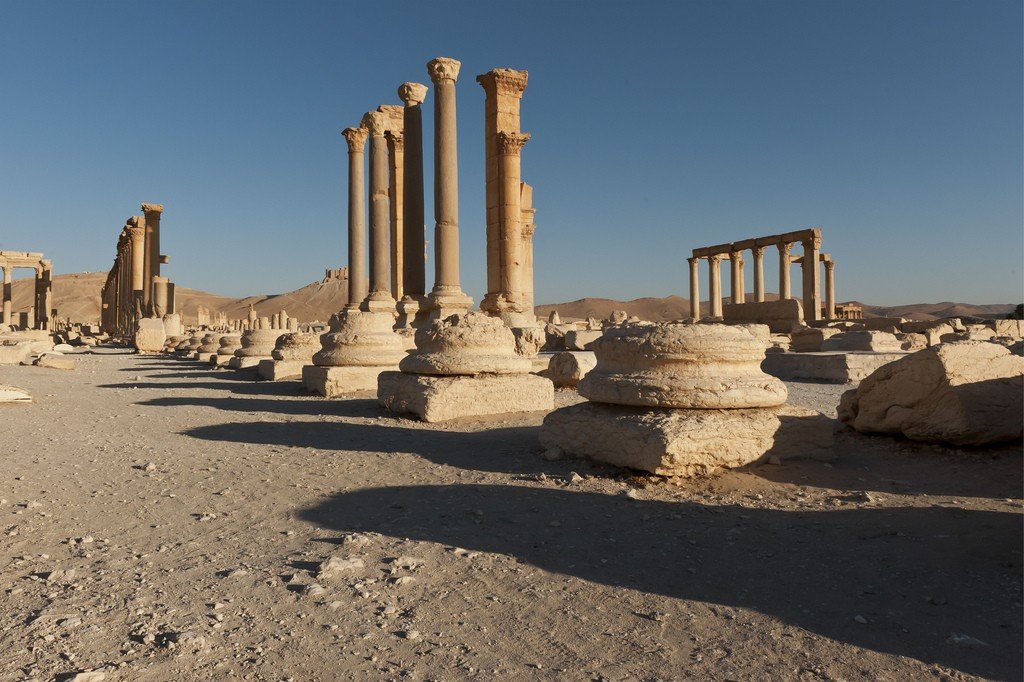
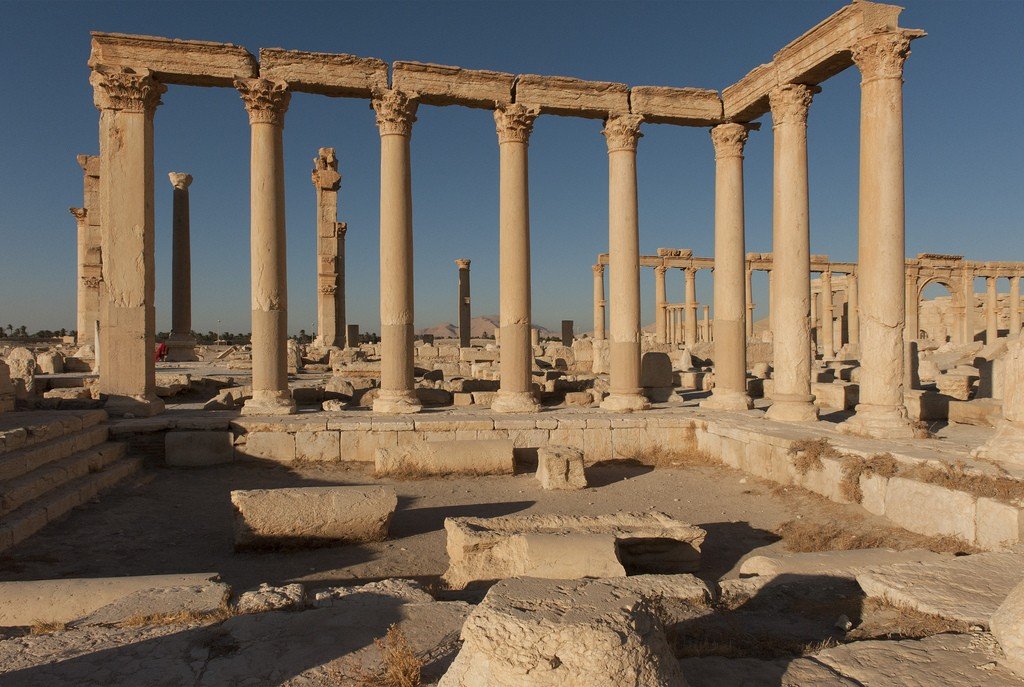
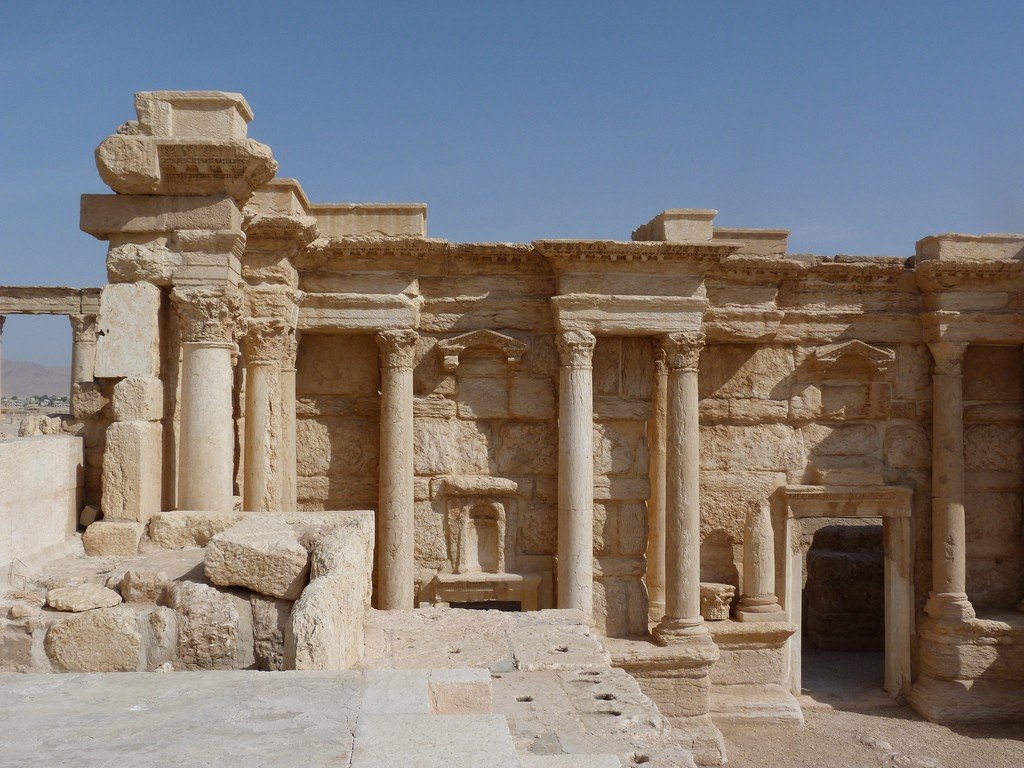
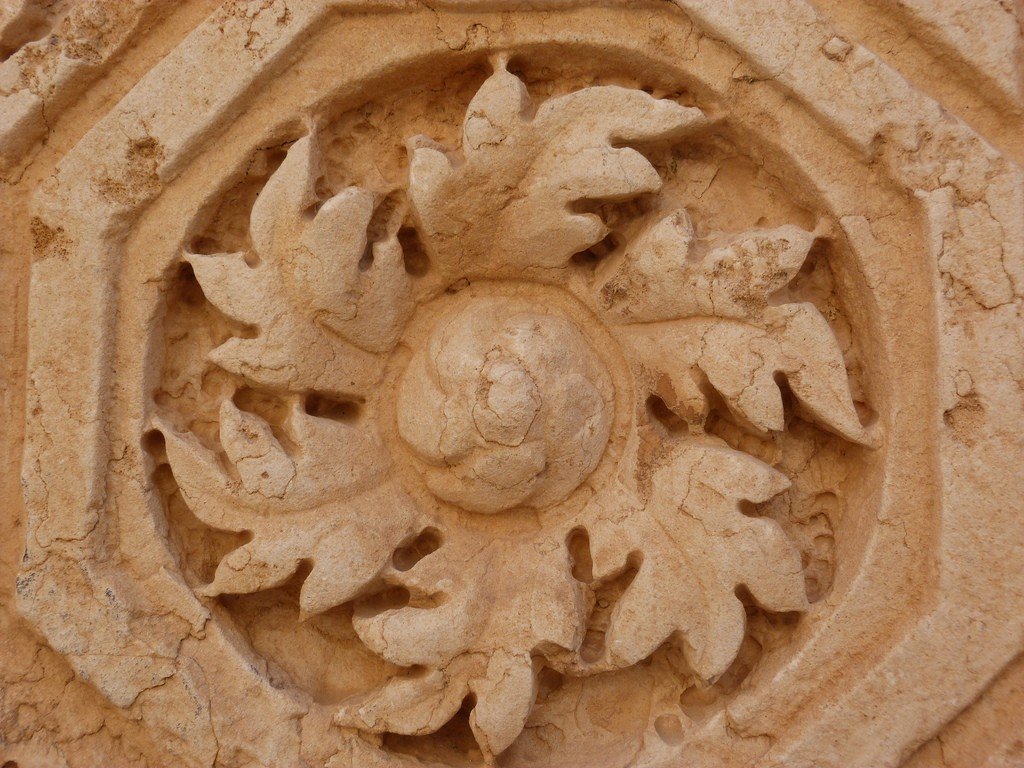
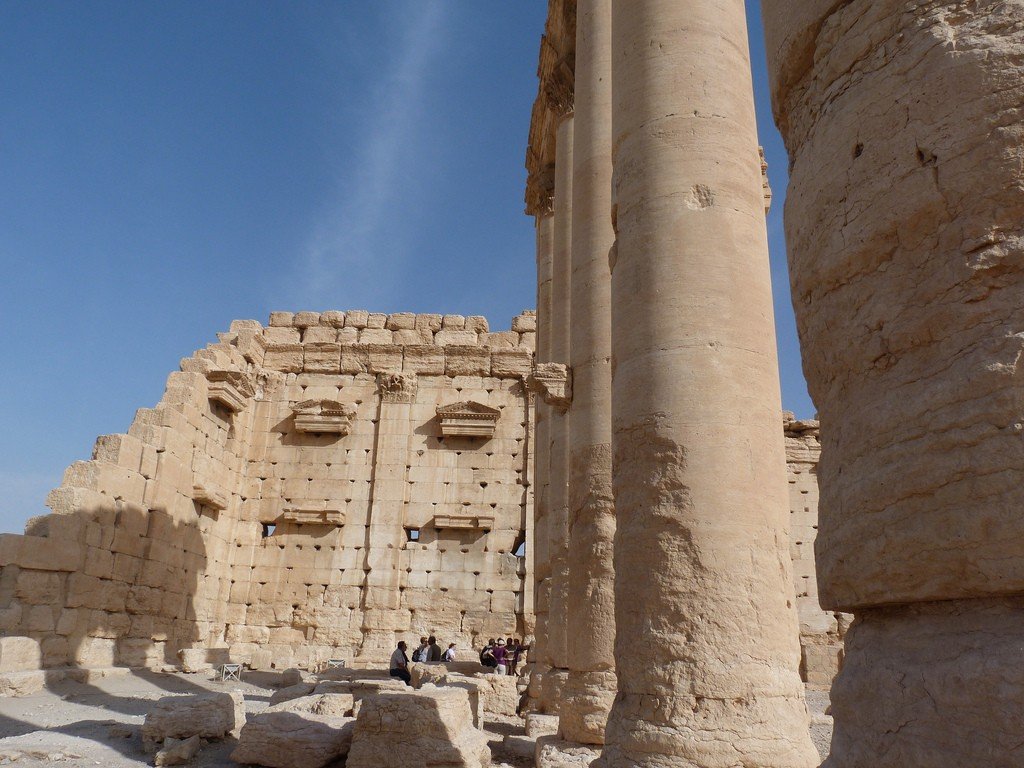
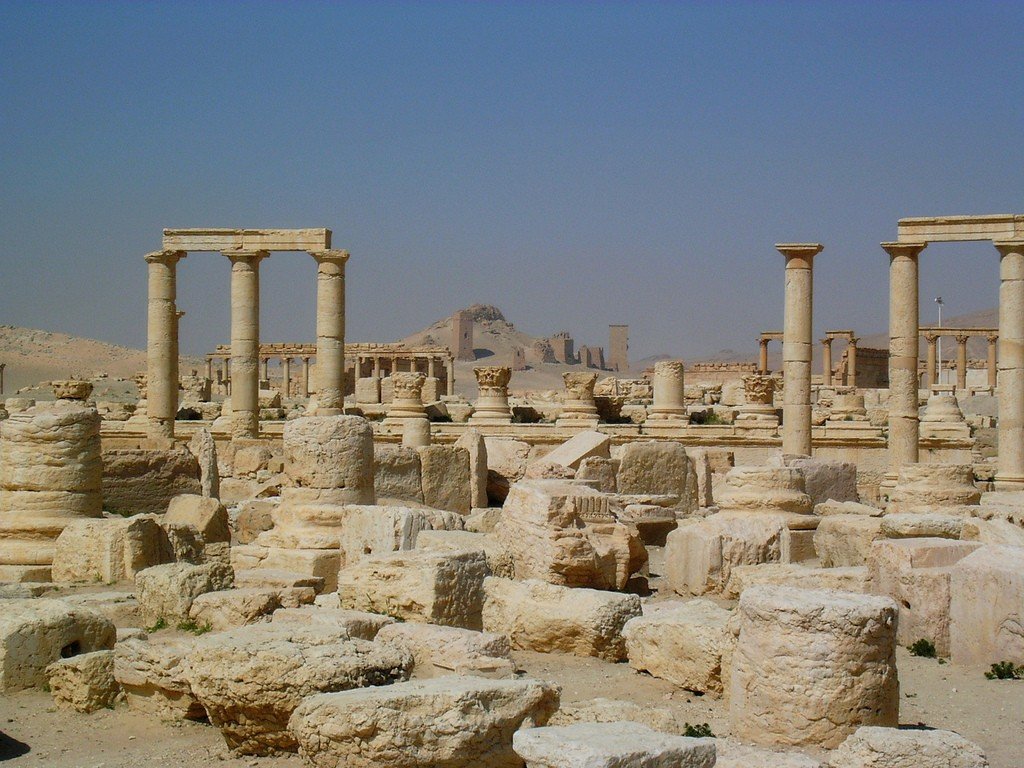
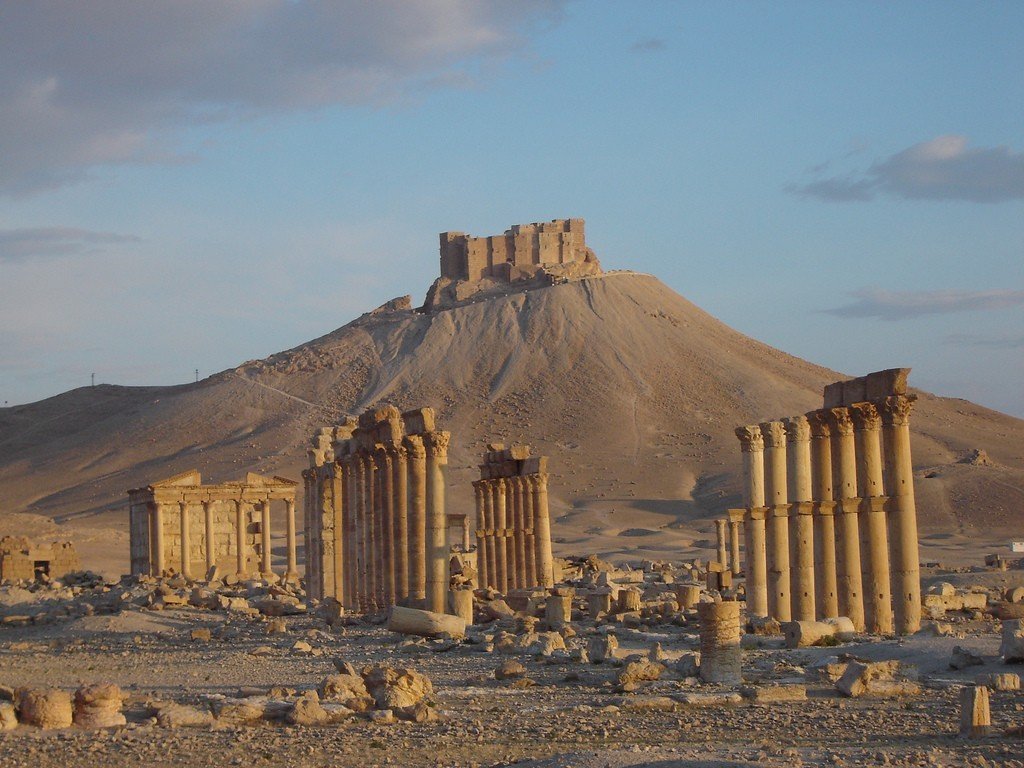
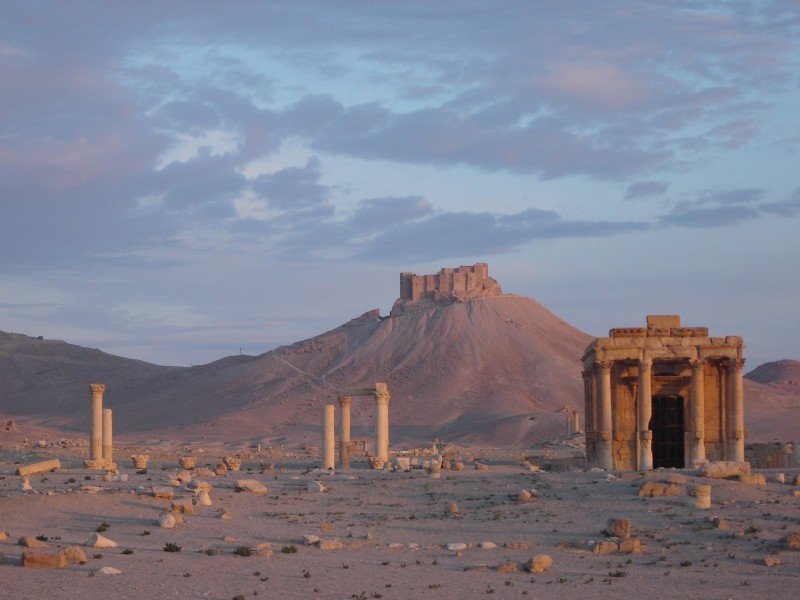
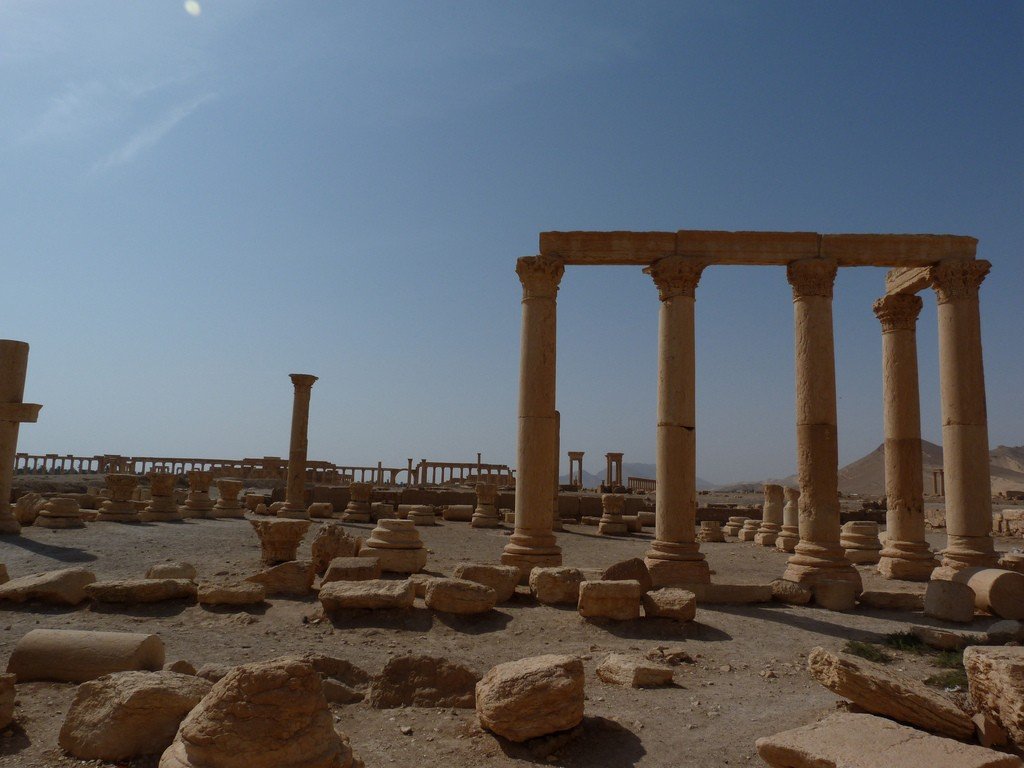
Video: Palmyra
” title=”YouTube video player” frameborder=”0″ allow=”accelerometer; autoplay; clipboard-write; encrypted-media; gyroscope; picture-in-picture; web-share” allowfullscreen> Contents- Highlights
- History
- New development of Palmyra
- Sights
- Palmyra: Today’s Day
- Prospects for the Reconstruction of Palmyra
Highlights
The ruins of the rich ancient settlement have long been one of the main attractions of Syria, where tourists from Europe and Asia, America and even the remotest corners of the Pacific region, not to mention travelers from Russia from the CIS countries, flocked every year. Many historical artifacts are so well preserved that a trip to Palmyra was quite comparable to time travel. But in 2011, the popular tourist route was forced to close due to the outbreak of civil war in the country. The government barely managed to evacuate some valuable monuments from the city. The rest turned out to be untransportable.
.Due to the intense fighting, today’s Palmyra is no longer what it was a few years ago. The architectural heritage has suffered tremendous damage. However, it is encouraging that it is not irreparable. The Syrian Arab Republic’s State Agency for the Protection of Monuments has officially announced that the ancient city of Palmyra will be restored. There is a lot of work ahead, including demining the area, which is a task of paramount importance. But no one doubts that sooner or later, when true peace is established in this Middle Eastern country, the well-known and well-loved tourist route will once again become accessible to millions of travelers.
.
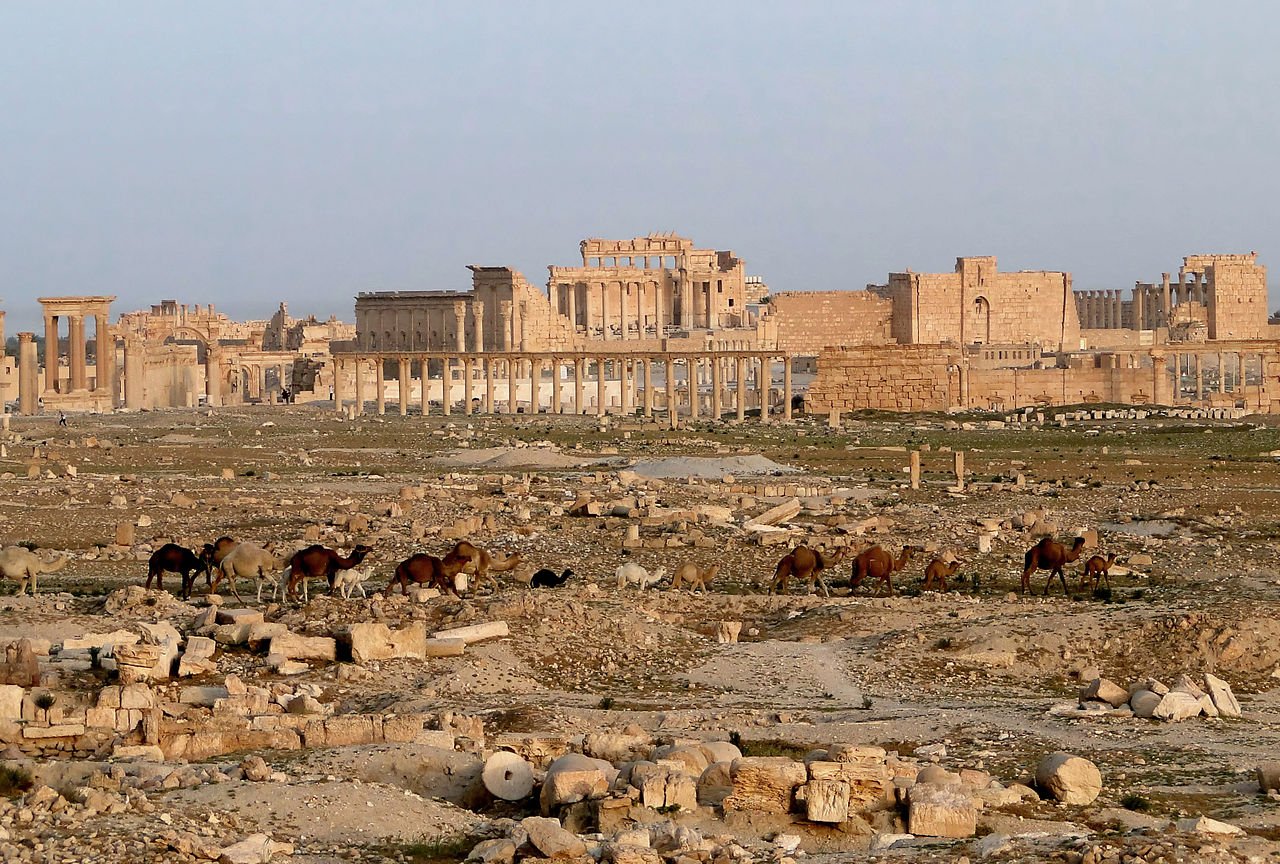
History
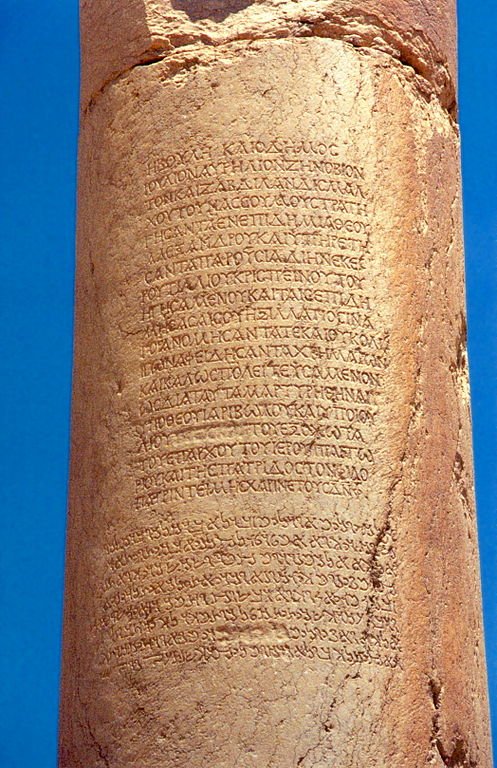
The place for the future settlement, which at first served as a staging post for caravans traveling through the Syrian desert, was not chosen by chance. Subsequently, major trade routes began to pass here, which by the I century AD allowed Palmyra to become a major economic and cultural center of the region. In 260, the separatist kingdom of Palmyra emerged in the vast territory of the Roman Empire with Palmyra as its capital. This was made possible by the crisis that engulfed the vast state. Its most famous ruler was Queen Zenobia – a woman of extraordinary beauty, educated, ambitious and very powerful. She even announced the separation from Rome, but soon her loyal troops were defeated, and she herself was taken prisoner.
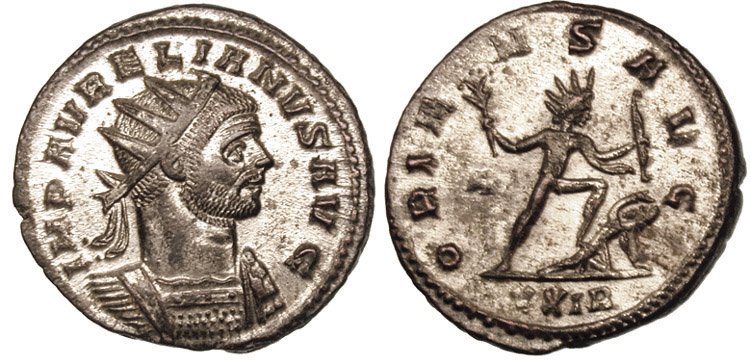
Other discoverers include Italian traveler Pietro Della Balle, who stumbled upon the ruins of the ancient city by chance, and English pastor Halifax, who became interested in the Palmyra writings upon his arrival in 1692. He even copied the discovered writings, but was unable to decipher them on his own. A little earlier, in 1678, his namesake, a large English merchant Halifax, accidentally came upon a section of the Palmyra ruins in one of the most inaccessible places. The study, however, was postponed until better times: James Dawkins and Robert Wood only in 1751-1753. The actual archaeological excavations began only at the end of the XIX century, and continued until the outbreak of the Syrian civil war. In 2008, archaeologists discovered the foundations of the largest temple in the country, the dimensions of which were 47 by 27 meters.
.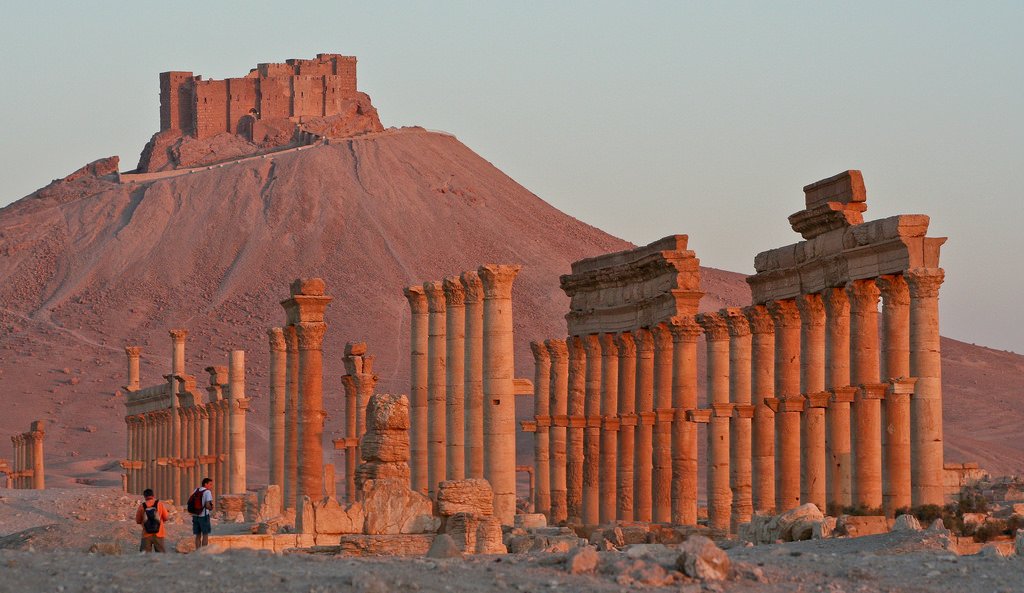
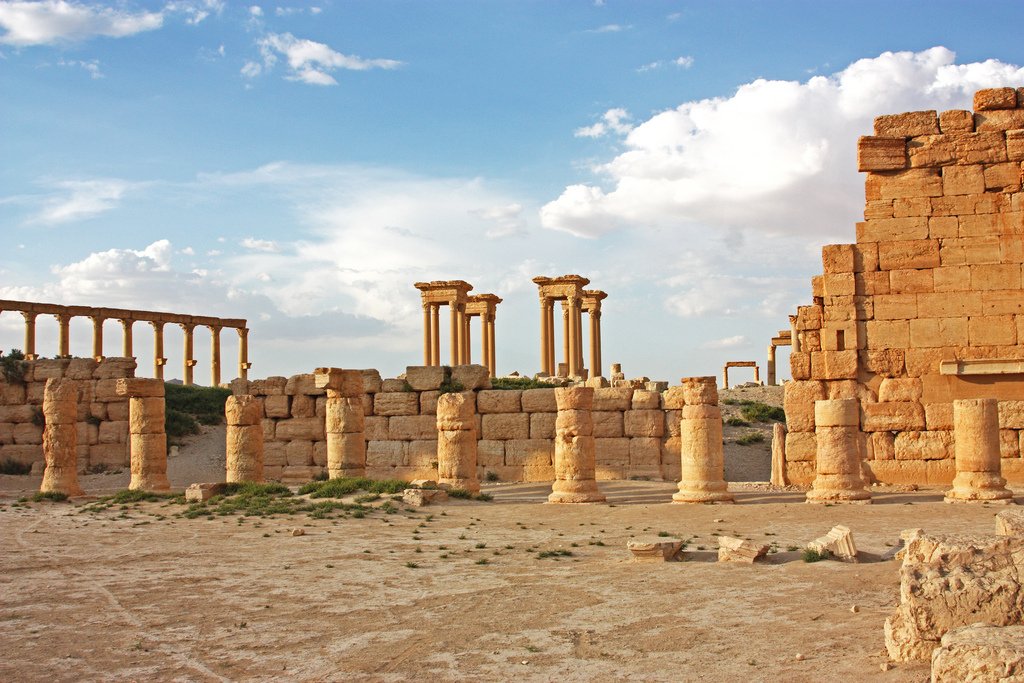
Another majestic structure very well preserved among the ruins is the Tetrapylon architectural complex, considered the most beautiful structure of the ancient settlement. It consists of four monumental bases, each with four columns, topped in turn by a flat stone platform. The height of the columns reaches 17 meters, a total of sixteen of them and they are carved from stone – all but one, made of pink marble. The stone platforms “during the life” of Palmyra were decorated with statues, but they have not survived to this day. But even without them Tetrapylon looks very impressive, delighting not only tourists, but also specialists-architects.
.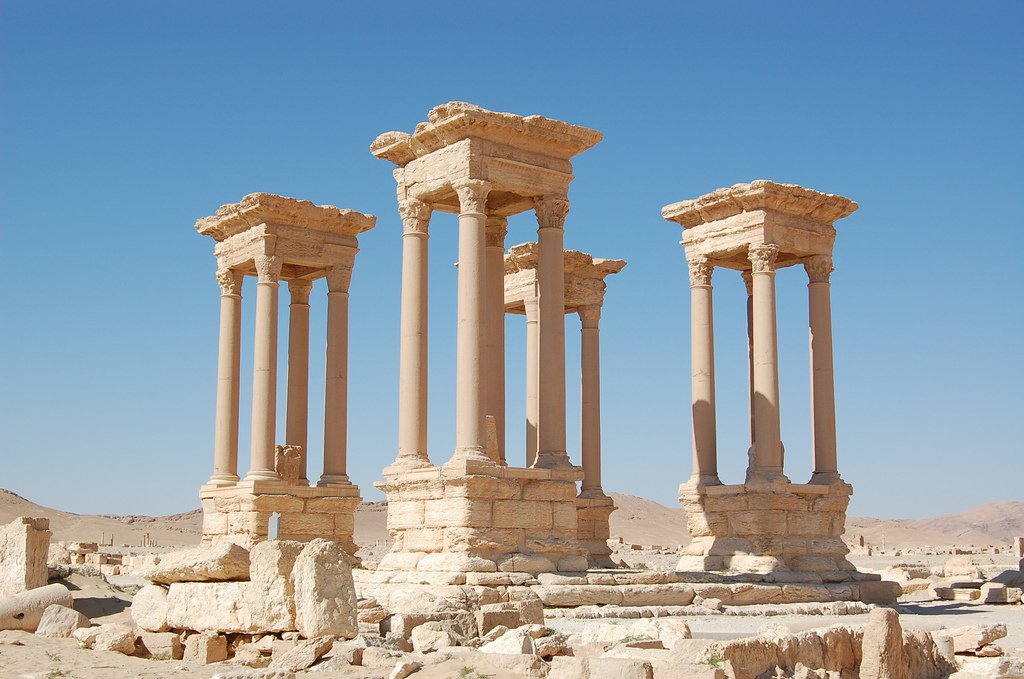
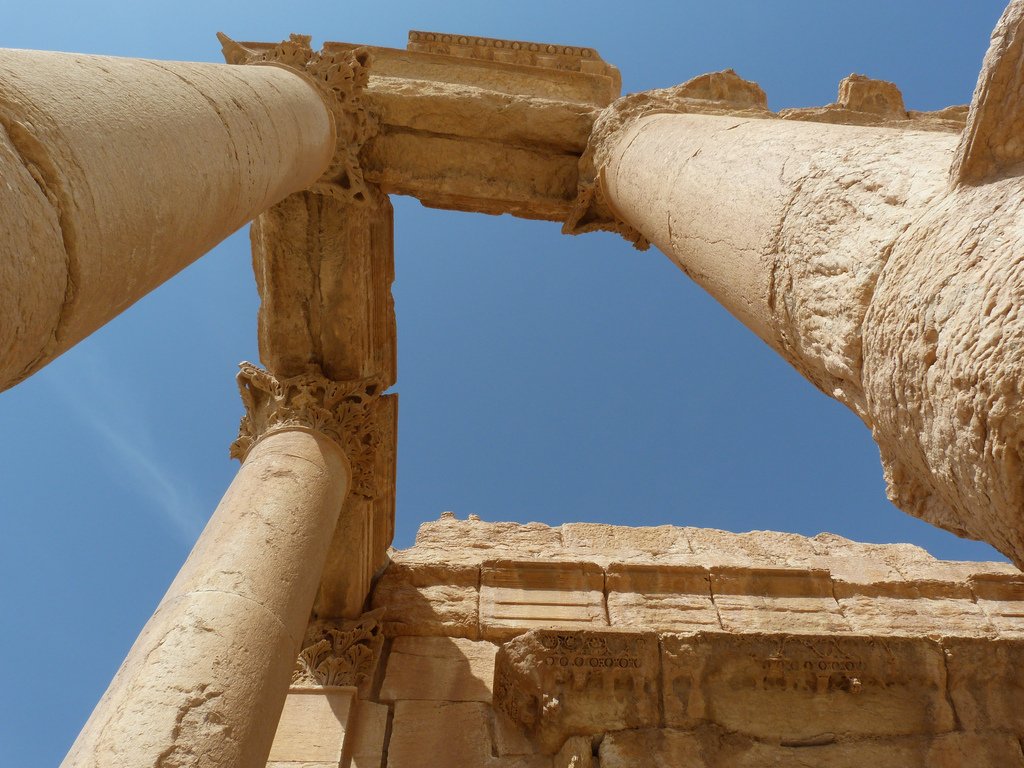
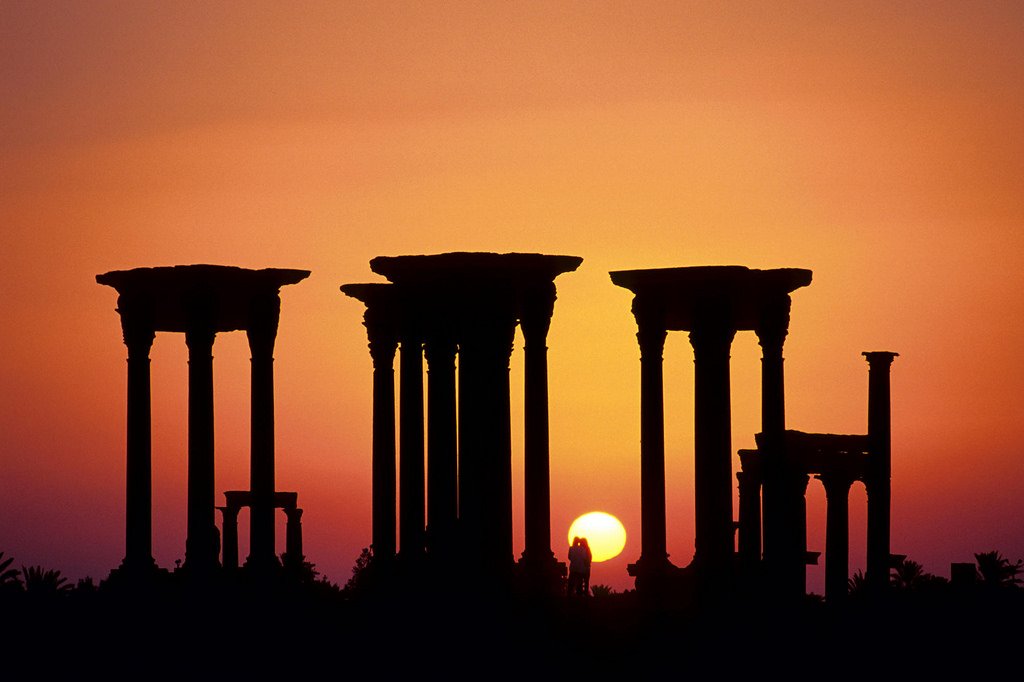
In the busiest quarter, somewhat away from the aforementioned Street of the Great Colonnades, there was an ancient Roman theater, characterized by stepped stone benches. It adjoined the Senate building, and both buildings were surrounded by porticoes in the Ionic style, decorated with statues of not only Roman, but also local generals, officials, prominent artists. The theater survived thanks to… its abandonment. In its time it was completely covered with sand, which was cleaned out only in 1952. It protected the structure from destructive external influences. However, the restorers, according to many experts, somewhat overdid it. In the decision to give the theater a more spectacular look, they added some details to the landscape, which for this kind of buildings of the II century AD were not characteristic.
.
Ancient Palmyra was a city of many faces, multilingual and, as we would say nowadays, multi-confessional. Representatives of the most diverse peoples of the vast Roman Empire flocked here, living with each other in peace and harmony. Each ethnic group brought with them a belief in their gods, building many temples to worship them. In this sense, the city’s population exemplified the religious tolerance and simple human tolerance that is so lacking in many hotspots of the modern world, especially in the Middle East.
.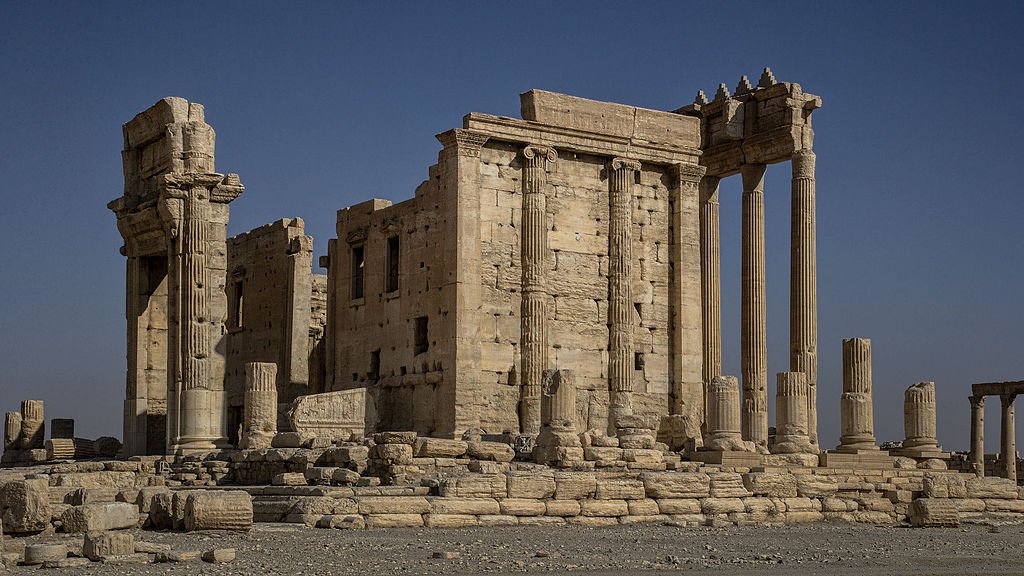
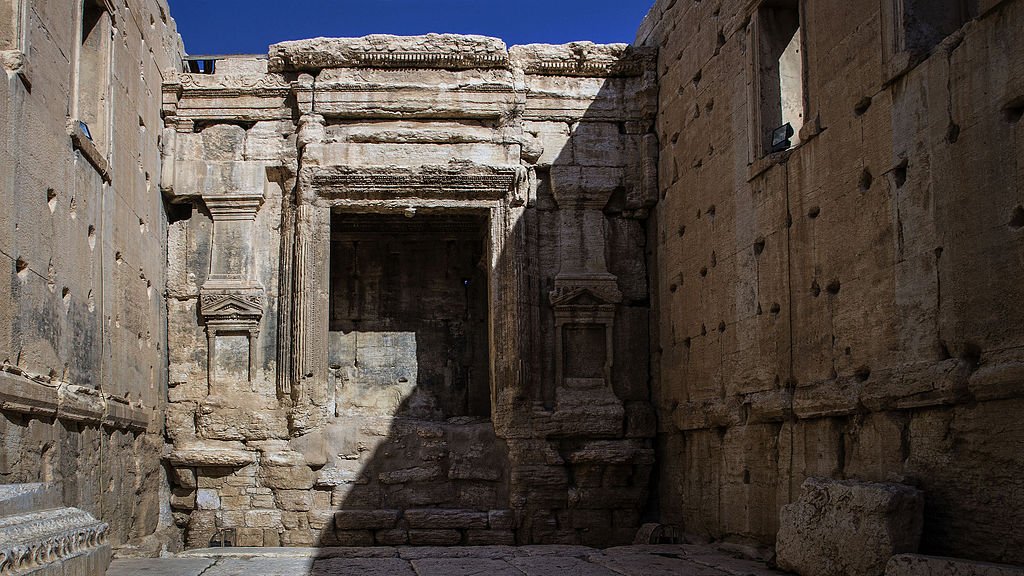
The left niche has the form of a tent, the vault of which is decorated with an image of Jupiter surrounded by the seven planets of the solar system known at the time and the twelve signs of the zodiac. In this part of the temple, which absorbed the features of both ancient and Syrian architecture, stood sculptures of Bel and two more gods of the so-called Palmyra triad – Yarikhbol and Aglibol. The ancient city also had temples dedicated to the gods Ishtar and Zeus, Aziz, Nabo and Ars, and the goddess Allat. And all these religious cults surprisingly “coexisted” in one city. It was very convenient for foreign caravan drivers who visited Palmyra. Everyone found a temple of “his” deity, where he could freely enter and ask for patronage.
.https://trevaladvisor.com/img%img/Palmirareterte/khram-bela-1.jpg” alt=””/>‘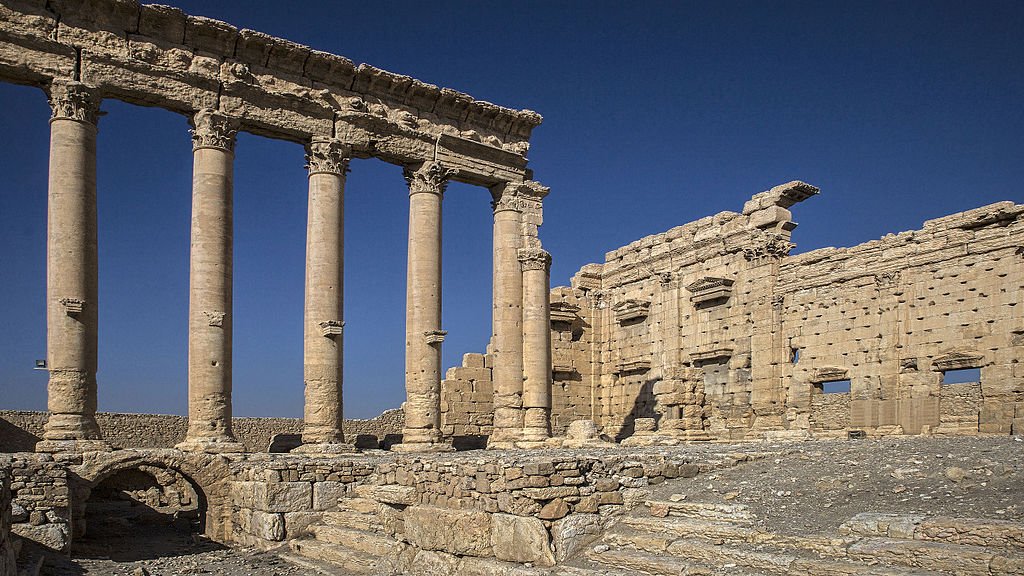
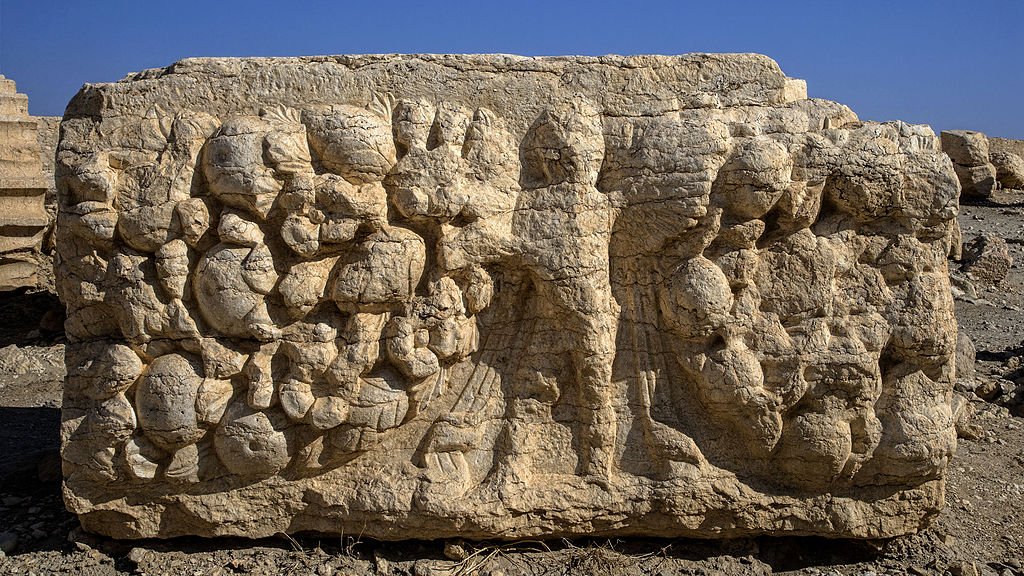
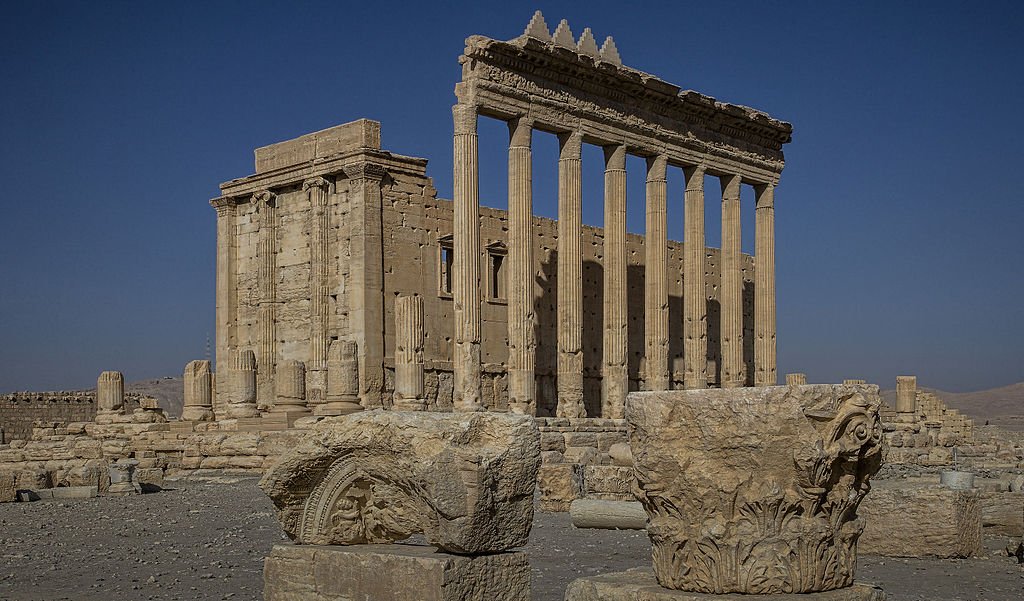
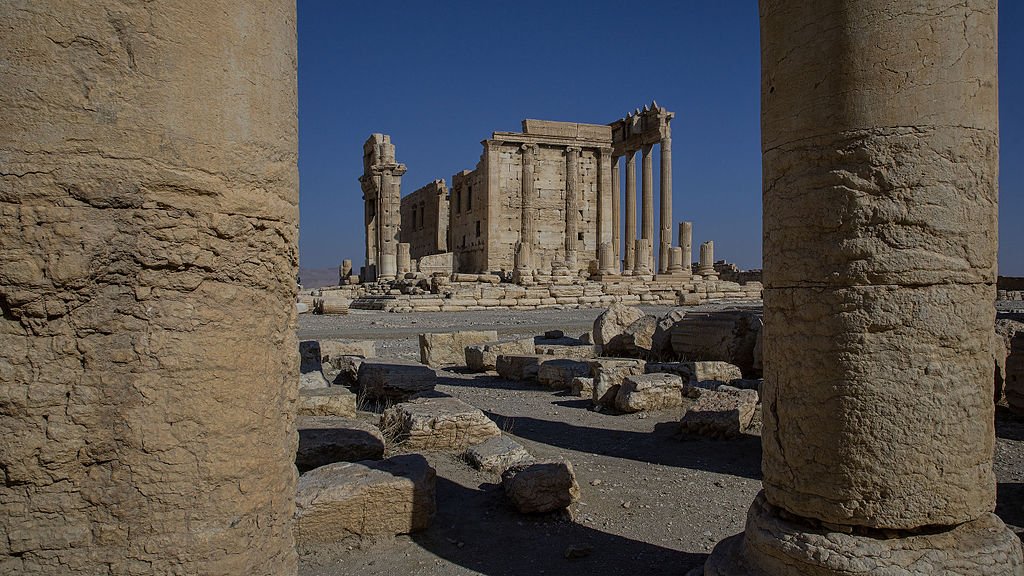
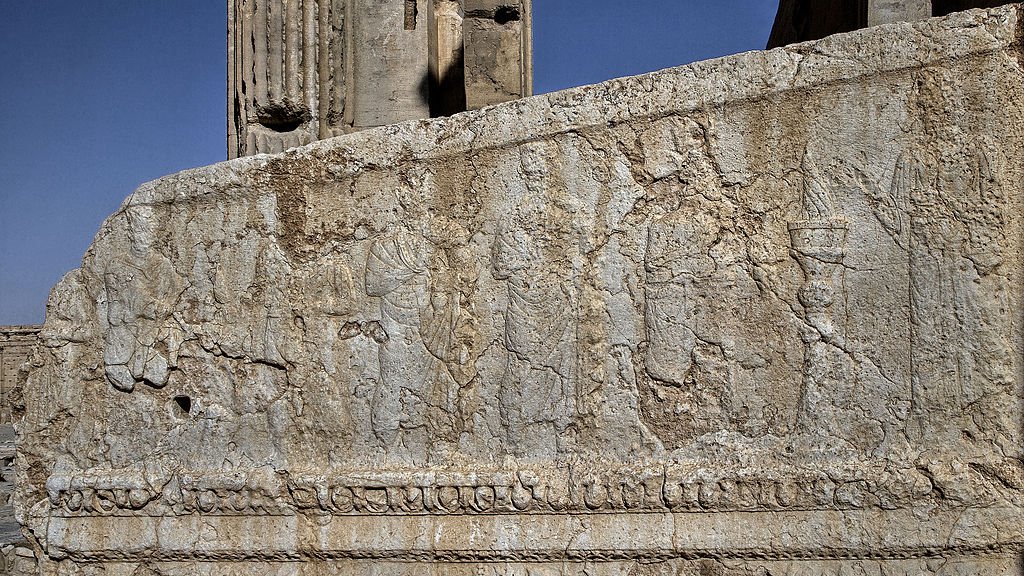
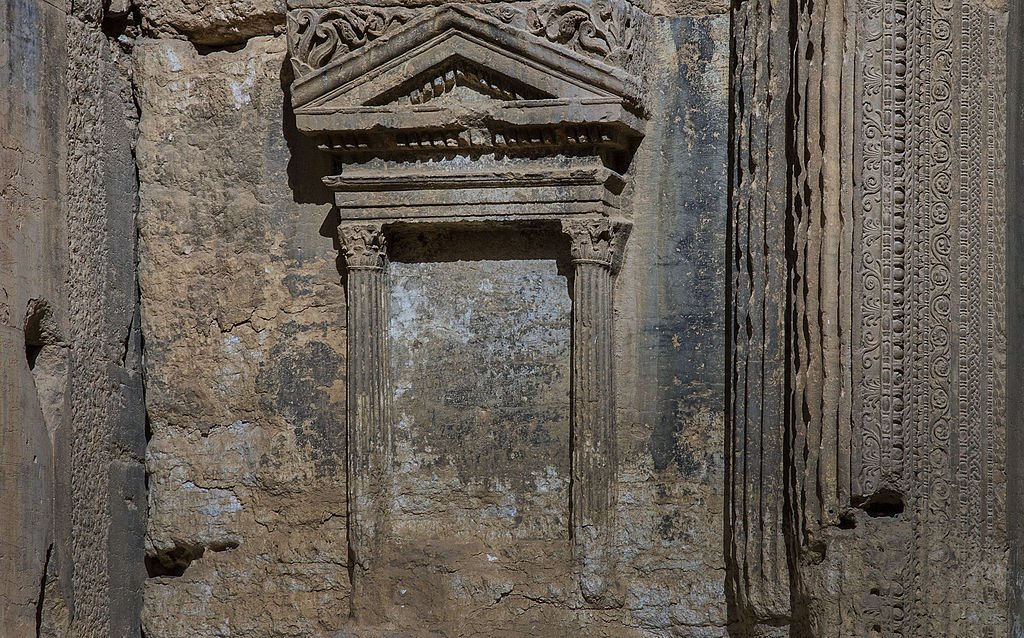
Palmyra: Today’s Day
This city has adorned the desert like a pearl for centuries. It has had its ups and downs, its victories and defeats, but has since been destroyed, looted and forgotten. However, its past was so majestic that it could not disappear without a trace. Architectural monuments found on the territory of ancient Palmyra give us the opportunity to imagine how the settlements of the mighty Roman Empire looked like two thousand years ago. Walking along its streets, looking at the arches, temples and other structures, tourists gave free rein to their imagination. Imagination drew a rich life of the magnificent “city of palm trees” in the days of its heyday.
.
This was the case until 2012. Today, because of the war in Syria, the ruins of one of the outstanding centers of late antiquity can be admired only through photographs and videos. Even then, they do not reflect the current state of this open-air museum. After Palmyra was seized by the terrorist organization Islamic State (ISIS) in 2015 and joined its pseudo-caliphate, the militants began to abuse the sights of the ancient civilization.
.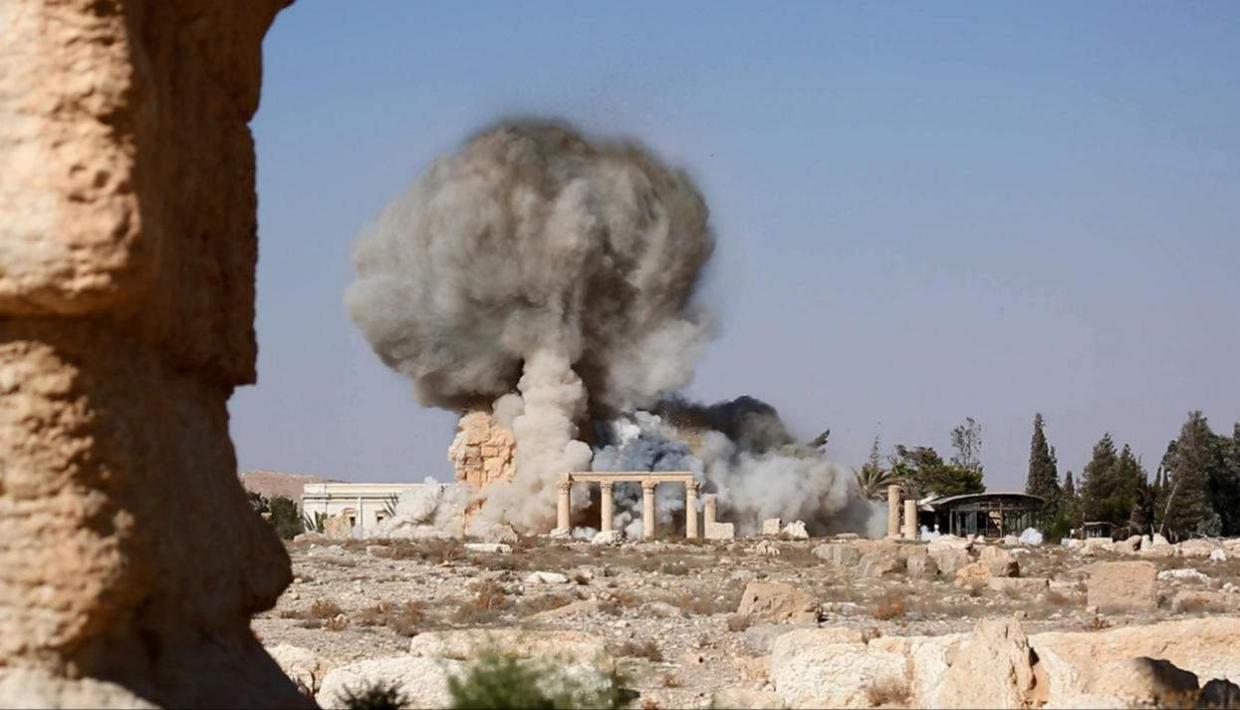
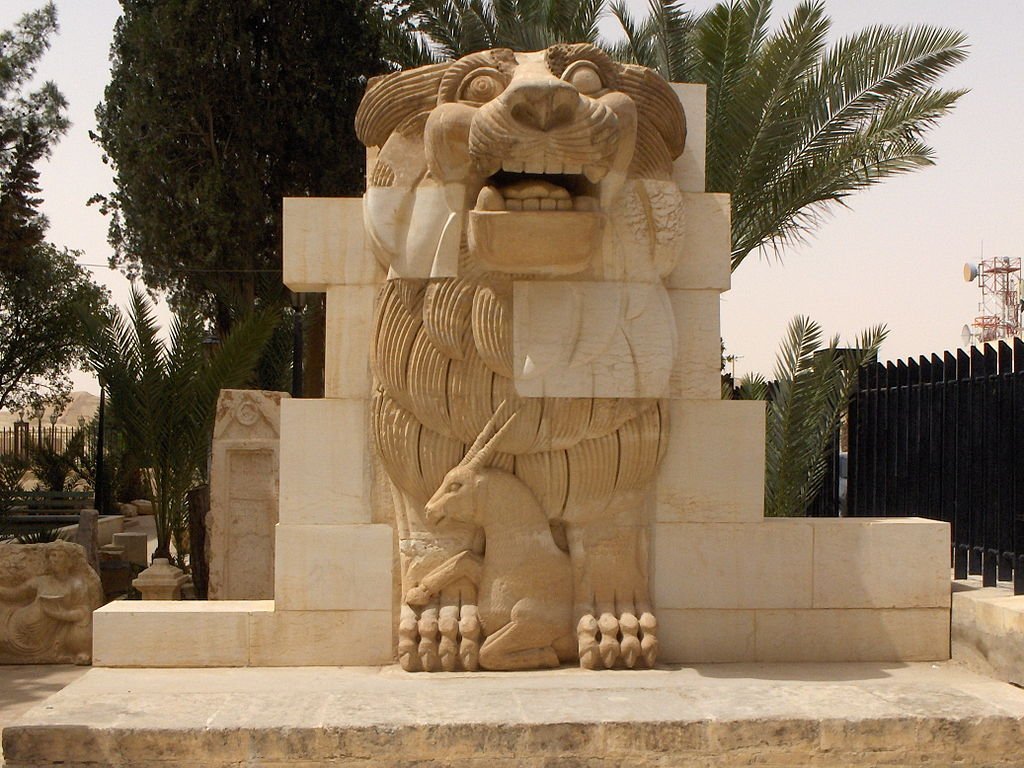
The whole world watched with shudder and outrage as they, under the banner of Islam, looted, bombed and destroyed a priceless treasure trove listed by UNESCO as a World Heritage Site. First they tore down the statue of the Lion of Allat, with the king of beasts guarding a gazelle (the composition adorned the temple of the ancient Arab goddess Allat). Then they blew up the temple of Baalshamin. The next victim was 82-year-old Khaled al-Asaad, a renowned Syrian archaeologist who was the chief curator of Palmyra and one of the leading researchers of the ancient complex. The fanatics first captured him and then, accusing him of studying pagan “idols” and scientific collaboration with the “infidels,” publicly beheaded him. The scientist’s body was left in Palmyra’s main square.
.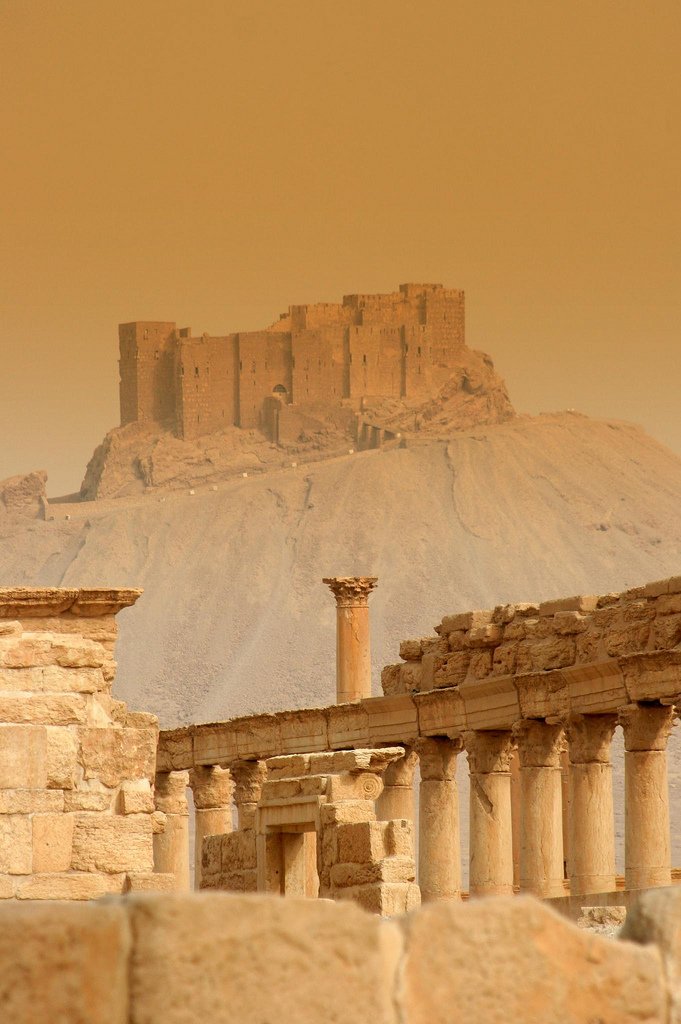
For a long time no one could counteract the medieval barbarism until the Syrian army, supported by the Russian Air Force, launched a decisive offensive against the militants’ positions. The assault on Palmyra began on March 23, 2016 and the same day units loyal to President Bashar al-Assad liberated its historical part. On March 25, government forces cleared the historic Fakhr al-Din Castle, the Valley of the Necropolis and the fortress, restaurant quarter and Semiramis hotel complex located in the northwestern part of the city from terrorists.
.The bandits put up fierce resistance as they retreated. On March 26, Syrian troops tore down the black flag of the “Islamic State” from the castle and defiantly burned it. On March 27, the ancient city was completely cleared of violent fanatics. The bomb squad immediately began demining the streets and houses. On March 28 at 3:00 p.m. local time, the national flag of the Syrian Arab Republic was solemnly raised in the center of Palmyra.
.Prospects for the reconstruction of Palmyra
According to the government’s Monuments Protection Agency, the reconstruction of Palmyra will include three phases. The first one will take care of unstable buildings so that they do not finally collapse, the second one will restore most of the monuments, and the third one will rebuild the temples of the gods Bel and Baalshamin, which were destroyed by Islamists. The work started already in April 2016.
Maamoun Abd al-Karim, head of the Department of Museums and Antiquities of Syria, estimates that the reconstruction of the city will take up to five years. Optimism is encouraged by the fact that about 80% of the ancient structures have not been seriously damaged.
.
The Russian side, which actively participated in the liberation of Palmyra, will also assist in demining the city.
.According to Vladimir Putin’s order, specialists from the International Mine Action Center of the Russian Armed Forces have been sent here. Our country will not remain aloof from the restoration work. The State Hermitage Museum will be involved in the restoration of Palmyra’s antiquities.
.
